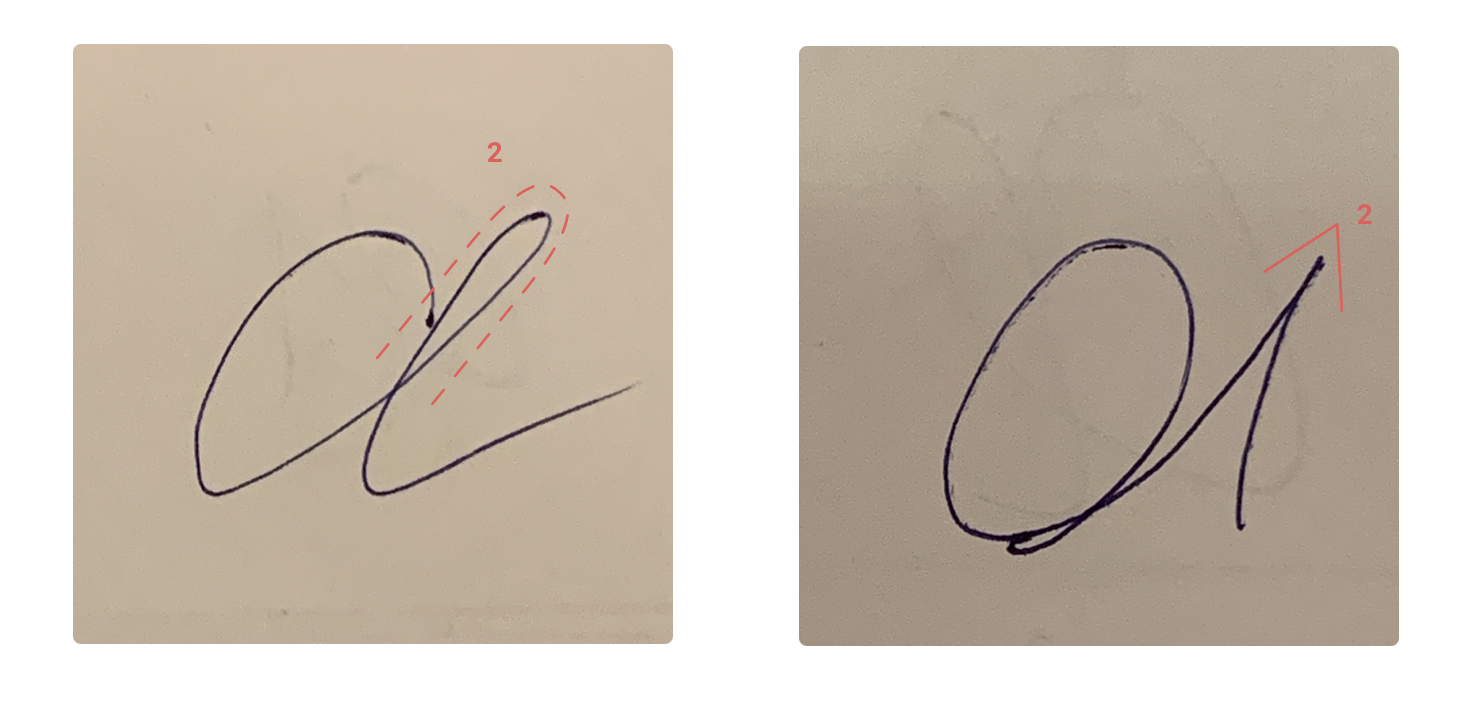To begin with, I would like to mention that this is not the first study of this kind. Since the 1960s, a lot of software systems and techniques have been developed that allow solving problems of identification (who exactly did the manuscript submitted for research) and diagnostic (differentiation of manuscripts into male and female, calculating the estimated age of the performer of the manuscript, etc.) etc.). As an example, we can cite similar software packages: "Forecast", "POL", "Tulip", "DIA", "Prost", "Workplace of a handwriting expert" and so on.
However, let's not go into history ...
In order to start solving such a non-trivial problem, it is necessary to get acquainted with the object of research (the handwriting itself), with the already known methods of its research and with the history of the application of cybernetic methods in this area.
To begin with, let's briefly analyze the concept of handwriting:
Handwriting is a system of habitual movements recorded in a manuscript, which is based on a writing-motor skill.
In turn, it has the following main properties:
Individuality. This property is understood as the characteristic features of the handwriting, its originality and uniqueness in different persons. Individuality is conditioned by the influence of subjective (acting in the form of individual mental, physiological, anatomical characteristics of a person) and objective (influence of the external environment) factors interacting with each other in the process of formation of the writing-motor skill and writing practice;
Selective variability - reflects the ability of the written-motor functional dynamic complex to change in a specific way (depending on the impact on it of the most powerful external or internal confounding factors);
( - );
.
, , . , , , , . , , ? ! , !
?
, , . .
?
, 3 :
( , , , , , );
. :
- ( , , , , ),
- ( , , )
- ( , );
. :
- ,
- ,
- ,
- ,
-
- ,
- ,
- ;

, 18 . - ( ), .
, , . , (. - 2, ., , 1971., . 223-236) (P. S. ). 208 . , , , .
, , , , .
, (), .
Keras CoreML .
!
«» ( ).

. «», . - , ( ).

VGG19, 1400 .
92% .
.
, 79%, .
, «», , , - - .

- . . . I, II ( , , ), ., , 1988-1989.
. / . . . . : , 2012.
Forensic handwriting examination. The special part. Research of handwritten texts / ed. V.F. Orlova. M., Science, 2007.
Averyanova, T.V. Forensic examination: course of general theory / T.V. Averyanov. - M .: Norma, 2006 .-- 479 p.
P.M. Koshmanov Computer technologies in forensic handwriting examination: textbook, manual / P.M. Koshmanov. - Volgograd: VA Ministry of Internal Affairs of Russia, 2008 .-- 72 p .: ill.
Bobovkin M.V. Theory and practice of forensic diagnostic examination of the letter of persons in a psychopathological state. Dissertation of Doctor of Law. - Volgograd, 2005 .-- 466 p.